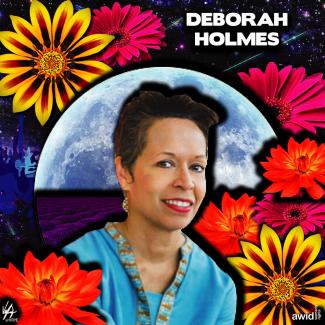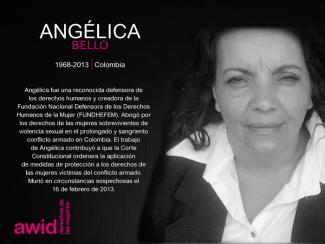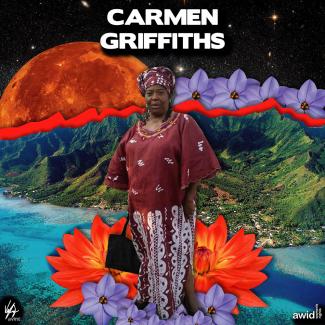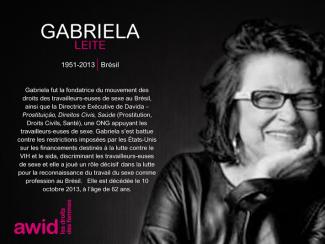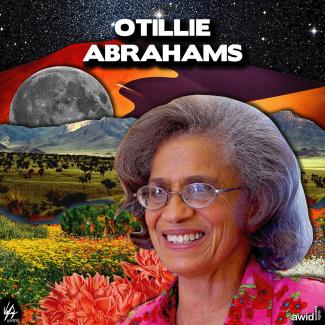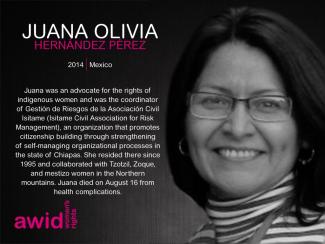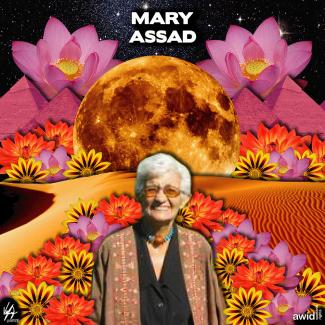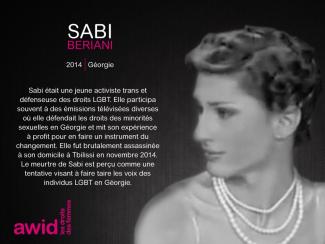Veena Singh est une insulaire fidjienne, une féministe et une femme de couleur. Veena est née,a grandi dans une petite ville rurale aux Fidji et s a des origines ethniques mixtes (sa mère est une femme autocthone fidjienne, son père fidjien d’ascendence indienne) . Elle est professionnelle féministe du développement et une ardente défenseuse de « l’évolution des pouvoirs pour créer un changement positif » ainsi que de la « construction d'une économie de la bienveillance ». Ses expériences professionnelles se concentrent principalement dans les secteurs des droits humains, de l'égalité de genre et de l'inclusion sociale. Elle dispose de plus de 18 ans d'expérience de travail spécifique sur les droits des femmes et des enfants, les femmes, la paix et la sécurité (RCSNU 1325), la sécurité humaine, le développement et les médias communautaires. Veena a travaillé et a été bénévole au sein de plusieurs organisations non gouvernementales (ONG) basées aux Fidji avant de rejoindre SPC-Fiji Women's Rights Movement (Mouvement des droits des femmes aux Fidji), FemLINKPacific , la Croix rouge des Fidji et Save the Children (Fidji) .
Veena a en plus travaillé sur un large spectre de domaines et de problématiques de développement, dont l'accès à la justice, la prévention des conflits et la consolidation de la paix, la santé et les droits sexuels et reproductifs (SDSR), la participation politique des femmes, leur leadership et leur prise de décision, et plus récemment dans le champ des statistiques de genre. Grâce à son travaille, elle a pu étroitement collaborer avec des professionnel·le·s du développement, des féministes, des activistes, des représentant·e·s gouvernementaux·ales et des agent·e·s de la paix dans les régions du Pacifique, de l'Asie, de l'Europe et de l'Afrique. En dehors du bureau, elle aime travailler à la promotion et à la protection de l'environnement; sensibiliser à la santé mentale et au bien-être positif, et passer du temps à écrire.
Elle est maman de 11 chats, fière porteuse de saris et collectionneuse de cartes postales. Veena observe de manière réfléchie l'orientation des activités féministes aux Fidji et dans ses propres organisations, et cherche, comme elle le décrit, « à décoloniser son esprit et le 'soi' par une autoréflexion radicale ». Mais surtout, et en premier lieu, il lui importe de publier des écrits plus parlants qui la relieront à la diaspora du Pacifique. Veena est titulaire d'un diplôme en développement communautaire de l'Université Murdoch (en Australie) et d'un diplôme de troisième cycle en politique sociale de l'Université nationale des Fidji.
